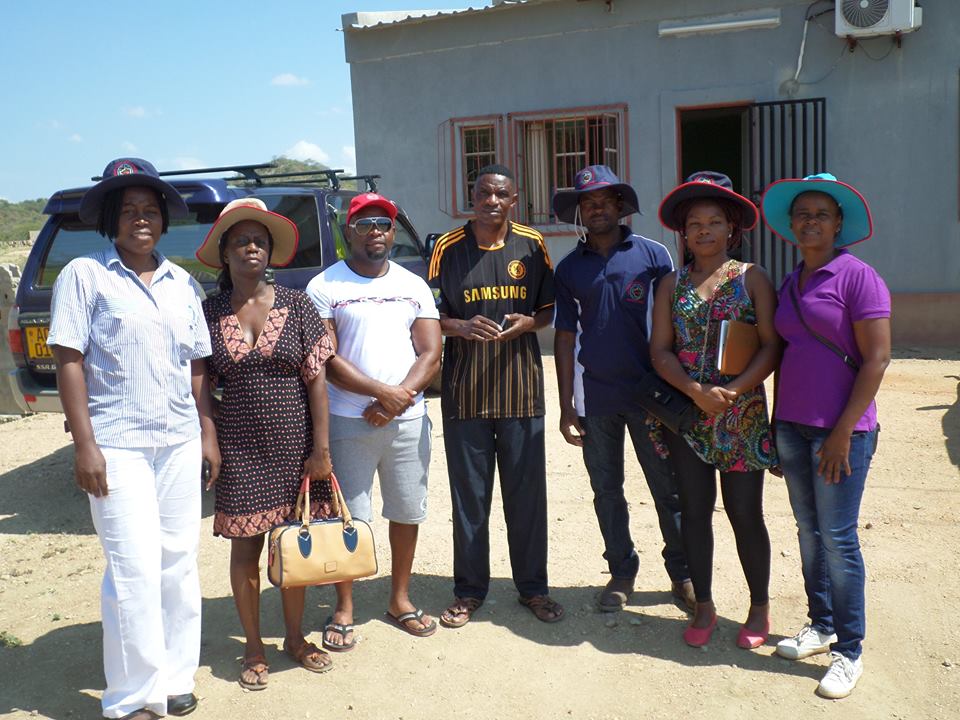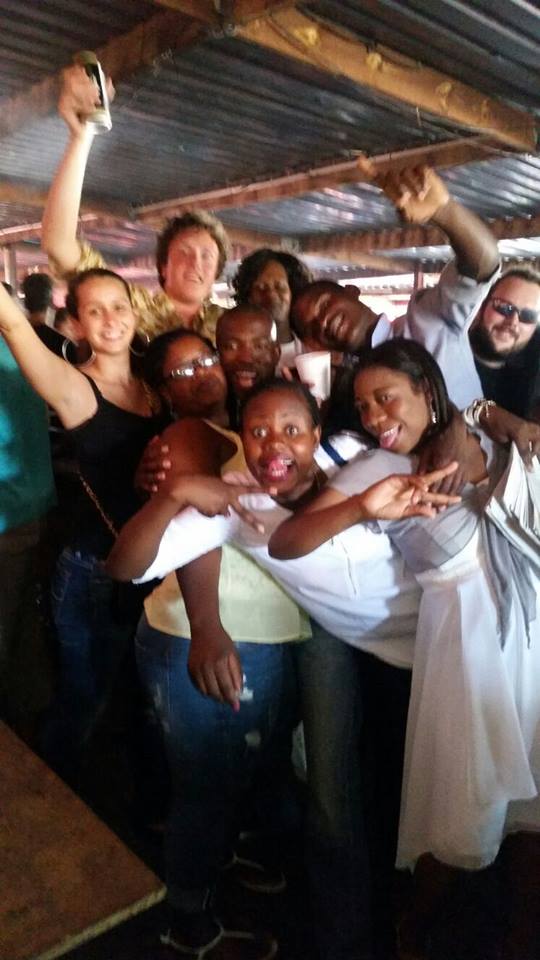We bring you an interesting approach to organisational development-the Problem Driven Iterative Adaptation (PDIA) approach. Important to organisational development practitioners involved in change management and capacity building initiatives.
| Many reform initiatives fail to achieve sustained improvements in performance because organizations use mimicry to camouflage the absence of real change. That is, they pretend to reform by changing what policies and organizational structures look like rather than what they actually do. As long as the eco-systems in which state organizations live, reward mimicry over functionality, then capability traps can persist, even when organizations remain engaged in the typical developmental rhetoric and tactics of “policy reform,” “training” and “capacity building.” Moreover, many best-practice agendas bring solutions that exclude local agents from the process of building their own states, implicitly (and sometimes explicitly) undermining the value-creating ideas of local leaders and front line workers.
To help escape capability traps, the Building State Capability program at CID is exploring the potential of a Problem Driven Iterative Adaptation (PDIA) approach. PDIA rests on four core principles: Local Solutions for Local Problems Pushing Problem Driven Positive Deviance Try, Learn, Iterate, Adapt Scale through Diffusion The table below from our research highlights how PDIA differs from standard approaches. |
| Table 1: Contrasting current approaches and PDIA |
| Elements of Approach | Mainstream Development Projects/Policies/Programs |
Problem Driven Iterative Adaption |
| What drives action? | Externally nominated problems or ‘solutions’ in which deviation from ‘best practices’ forms is itself defined as the problem | Locally Problem Driven – looking to solve particular problems |
| Planning for action? | Lots of advance planning, articulating a plan of action, with implementation regarded as following the planned script | ‘Muddling through’ with the authorization of positive deviance and a purposive crawl of the available design space |
| Feedback loops | Monitoring (short loops, focused on disbursement and proces compliance) and Evalulation (long feedback loop on outputs, maybe outcomes) | Tight feedback loops based on the problem and experimentation with information loops integrated with decisions |
| Plans for scaling up and diffusion of learning |
Top-down – the head learns and leads, the rest listen and follow | Diffusion of feasible practice across organizations and communities of practitioners |
| Source: Escaping Capability Traps through Problem Driven Iterative Adaptation (PDIA) |
![]()









